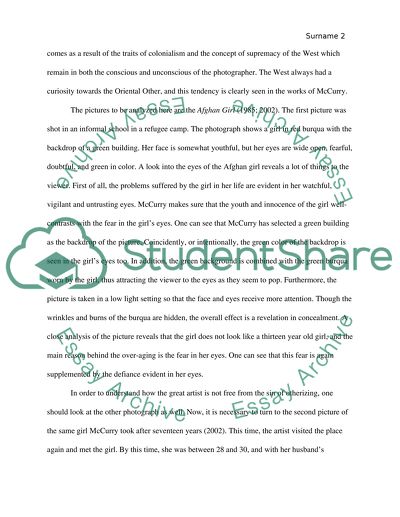Cite this document
(“Steve McCurry Essay Example | Topics and Well Written Essays - 1500 words”, n.d.)
Retrieved from https://studentshare.org/english/1498280-you-choose-the-topic-and-photos
Retrieved from https://studentshare.org/english/1498280-you-choose-the-topic-and-photos
(Steve McCurry Essay Example | Topics and Well Written Essays - 1500 Words)
https://studentshare.org/english/1498280-you-choose-the-topic-and-photos.
https://studentshare.org/english/1498280-you-choose-the-topic-and-photos.
“Steve McCurry Essay Example | Topics and Well Written Essays - 1500 Words”, n.d. https://studentshare.org/english/1498280-you-choose-the-topic-and-photos.


